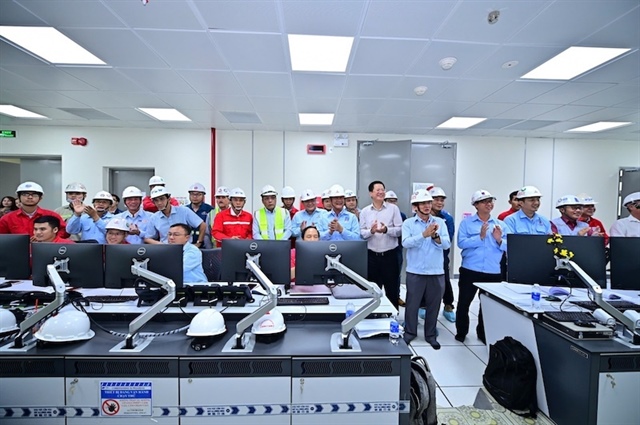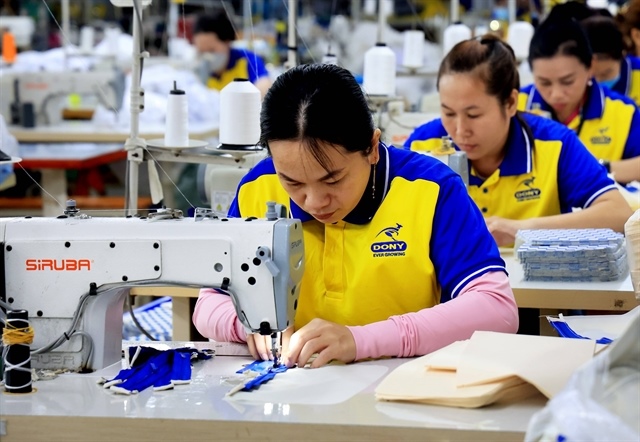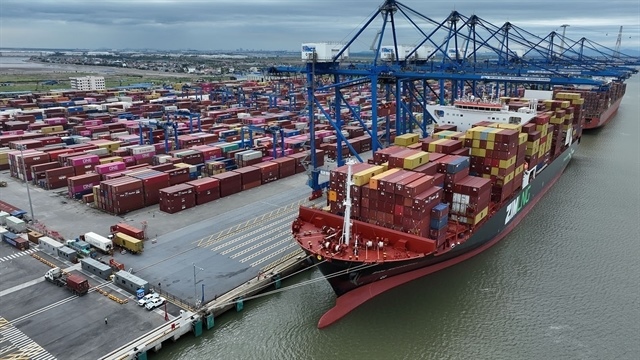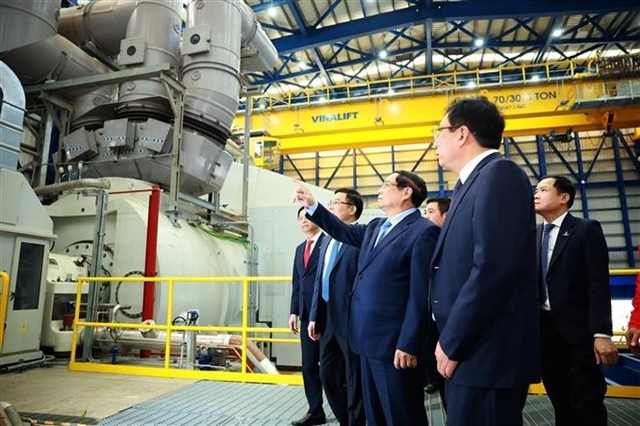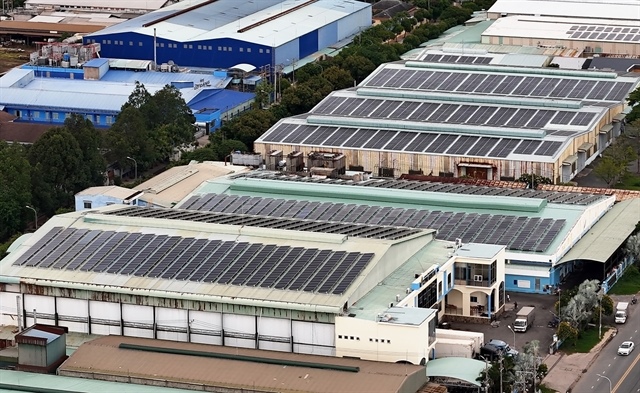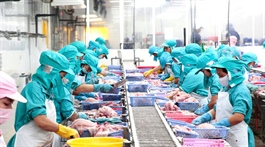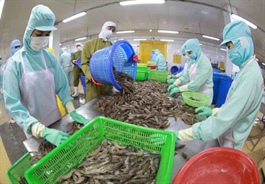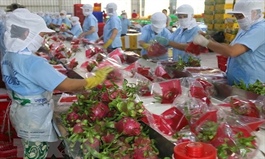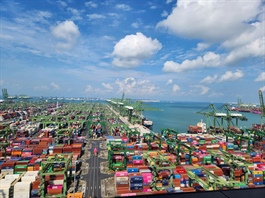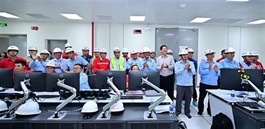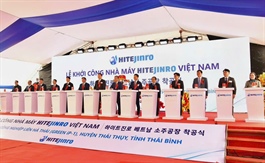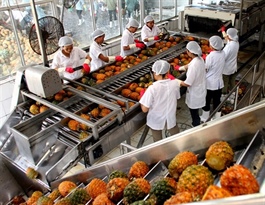Vietnam's first LNG-fueled power plant connects to national grid
Vietnam's first LNG-fueled power plant connects to national grid
The Nhon Trach 3 power plant, Vietnam's first liquefied natural gas (LNG) power plant, was connected to the national grid on February 5, reaching a capacity of 50MW.
|
According to PV Power, a subsidiary of state-run PetroVietnam, the Nhon Trach 3 power plant has been connected to the national grid for the first time as part of a testing phase. The plant is scheduled to be put into commercial operation in July 2025 after meeting technical requirements.
On January 11, PV Power carried out the initial firing of the plant and completed a no-load operation test, marking an important milestone on the road to putting Vietnam's first LNG power plant into commercial operation.
The Nhon Trach 3 and 4 power plants have been developed by PV Power in Ong Keo Industrial Park, Dong Nai province. With a total investment of $1.4 billion, the two plants will have a combined capacity of 1,500–1,600MW. When fully operational, they will provide about nine billion kWh of electricity per year to the national grid.
By the end of January 2025, the construction progress of Nhon Trach 3 and 4 power reached nearly 96 per cent. In light of the support of Dong Nai authorities and PetroVietnam, PV Power is making efforts to accelerate the progress to put the plants into operation in 2025.
Last October, PV Power signed a power purchase agreement (PPA) for the Nhon Trach 3 and 4 power plants with Power Trading Company under state-run Vietnam Electricity (EVN). In May, the Vietnamese firm successfully received the fourth LNG shipment at Thi Vai LNG Terminal when the Point Fortin vessel carried about 60,000 tonnes of LNG.
In 2023, PV Gas inaugurated Thi Vai LNG Terminal at Cai Mep Industrial Park in the southern province of Ba Ria-Vung Tau. With a total investment of $300 million, the Thi Vai facility is designed with a capacity of one million tonnes of LNG per year in the first phase, with an expected increase to three million tonnes in phase 2.


